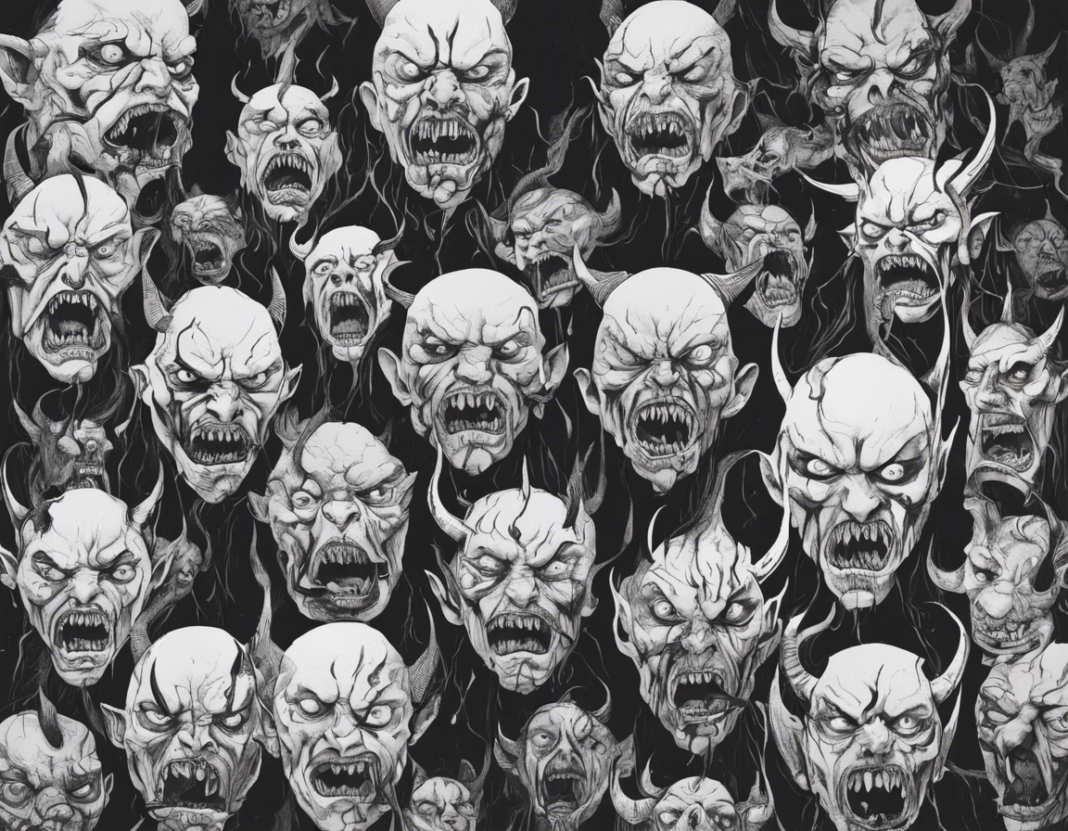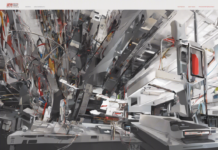Introduction
Demon Faces Disorder is a relatively rare neurological condition that affects a person’s ability to recognize faces. Also known as prosopagnosia, this disorder can have a significant impact on an individual’s daily life, making it challenging to conduct regular social interactions and even recognize loved ones. In this article, we will delve deeper into the intricacies of Demon Faces Disorder, exploring its causes, symptoms, diagnosis, and management strategies.
Understanding Demon Faces Disorder
Causes of Demon Faces Disorder:
While the exact causes of Demon Faces Disorder are not entirely understood, it is believed to be primarily linked to abnormalities in the brain, specifically in the areas responsible for processing facial recognition.
Some cases are congenital, meaning individuals are born with the condition, while others may acquire it after experiencing brain injuries or strokes that affect the facial recognition regions of the brain.
Symptoms of Demon Faces Disorder:
Individuals with Demon Faces Disorder may exhibit a range of symptoms, including:
– Difficulty recognizing familiar faces, such as family members, friends, or colleagues.
– Challenges distinguishing facial expressions and emotions.
– Struggling in social situations, as facial recognition plays a crucial role in human interactions.
– Reliance on other cues, such as voice, gait, or context, to identify individuals.
Diagnosis of Demon Faces Disorder:
Diagnosing Demon Faces Disorder typically involves a thorough medical history assessment and neurological examination. Additionally, specialized tests, such as facial recognition tests, may be conducted to evaluate the individual’s ability to recognize faces accurately. Brain imaging techniques, like MRI or CT scans, may also be used to assess any structural abnormalities in the brain that could be contributing to the disorder.
Management of Demon Faces Disorder:
While there is no specific cure for Demon Faces Disorder, several strategies can help individuals cope with the condition:
– Utilizing compensatory techniques, such as focusing on other identifying factors besides faces.
– Creating routines and using visual aids, like labeling photos or using facial recognition apps.
– Seeking support from therapists or support groups to navigate social challenges and emotional impact.
Frequently Asked Questions (FAQs)
1. Is Demon Faces Disorder the same as face blindness?
Yes, Demon Faces Disorder is another term for face blindness or prosopagnosia. It refers to the inability to recognize faces, a condition that can range from mild to severe.
2. Can Demon Faces Disorder be cured?
Currently, there is no known cure for Demon Faces Disorder. However, individuals can learn to manage the condition through various strategies and support networks.
3. Is Demon Faces Disorder a common condition?
Demon Faces Disorder is considered a rare condition, with estimates suggesting that around 2.5% of the population may experience some degree of face blindness.
4. Are there any risk factors for developing Demon Faces Disorder?
While some cases of Demon Faces Disorder are congenital, others may be linked to brain injuries, strokes, or neurological conditions that affect the brain’s facial recognition pathways.
5. Can children be affected by Demon Faces Disorder?
Yes, children can also experience Demon Faces Disorder. In some cases, it may be identified early on if parents or caregivers notice difficulties in facial recognition and social interactions.
6. How does Demon Faces Disorder impact daily life?
Demon Faces Disorder can significantly impact daily life, making it challenging to navigate social interactions, recognize individuals in various contexts, and even pursue certain careers that rely heavily on facial recognition abilities.
7. Are there any technological aids available for individuals with Demon Faces Disorder?
Yes, there are technological aids, such as facial recognition apps, voice labeling devices, and wearable cameras that can assist individuals with Demon Faces Disorder in recognizing and remembering faces.
8. Can therapy help individuals with Demon Faces Disorder?
Therapy, such as cognitive-behavioral therapy or social skills training, can be beneficial for individuals with Demon Faces Disorder to develop coping mechanisms, enhance social interactions, and address any emotional impact associated with the condition.
9. How can family and friends support someone with Demon Faces Disorder?
Family and friends can support individuals with Demon Faces Disorder by being patient, providing clear identifiers, communicating openly about the condition, and encouraging the use of compensatory techniques to aid in face recognition.
10. Are there any ongoing research studies on Demon Faces Disorder?
Researchers continue to investigate Demon Faces Disorder to gain a better understanding of its underlying mechanisms, explore potential treatment options, and improve the quality of life for individuals living with the condition.
In conclusion, Demon Faces Disorder, or prosopagnosia, is a complex neurological condition that impacts an individual’s ability to recognize faces. While there is no cure, various management strategies and support networks can help individuals navigate the challenges associated with the disorder. By raising awareness and offering support, we can create a more inclusive and understanding environment for those affected by Demon Faces Disorder.









